Update: This article was last updated on 14th Feb 2025 to reflect the accuracy and up-to-date information on the page.
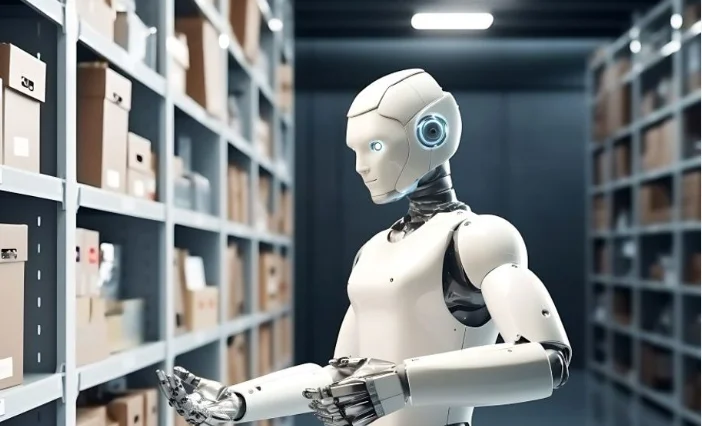
There has been a sharp increase in the development and application of robot technology across various fields in the last ten years. Approximately three million robots are currently in use, as per research.
From the healthcare sector to the farming industry, robot innovations boost productivity, minimize wastage, and improve the quality of life for people.
Moonpreneur
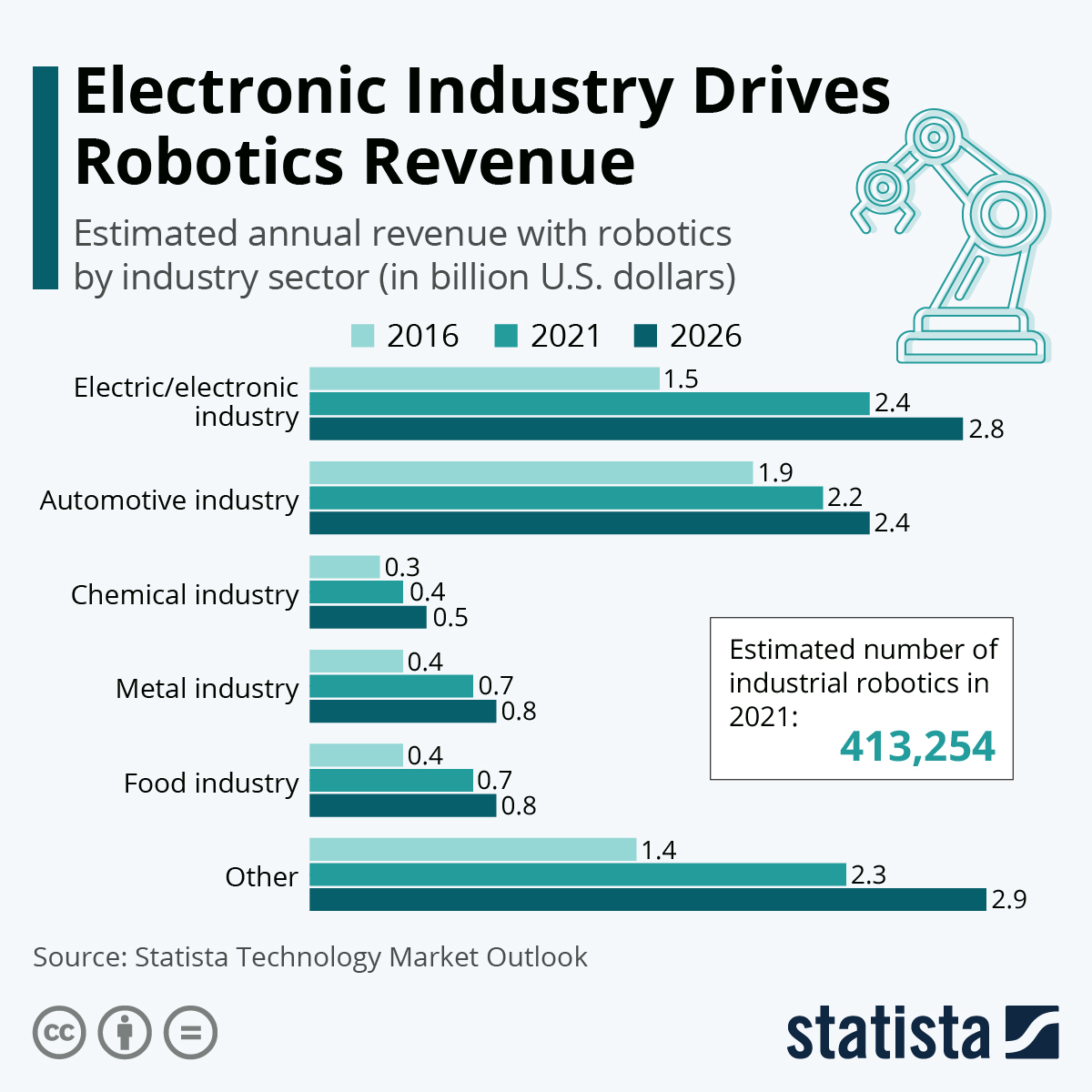
The invention of AI has added yet another layer of excitement by making the potential applications of robotics bigger than anyone’s wildest dreams. This is your article if you wish to know how new robots’ inventions impact human existence. Let’s talk about the top five most significant inventions in robotics of our times.
| S.No. | Table Of Contents |
|---|---|
| 1. | Surgical Robots |
| 2. | Self- Driving Cars |
| 3. | Drones |
| 4. | Exoskeletons |
| 5. | Companion Robots |
The Top 5 Amazing Inventions in Robotics That You Should Know About
1. Surgical Robots
Surgical robots have transformed the medical profession with their capability to enable minimally invasive procedures and enhance surgical accuracy. Robot innovations offer better visualization along with increased agility and accessibility to surgical locations and are operated by surgeons.
Patients who undergo surgeries using robot innovations experience reduced pain, scarring, and blood loss, reduced hospitalization time, and quicker recovery. These benefits are especially valuable for intricate surgical procedures in sensitive and hard-to-reach parts of the body, like neurosurgery and urologic surgery. Therefore, it is no wonder that robot innovations such as surgical robots are increasingly prevalent in contemporary medicine.
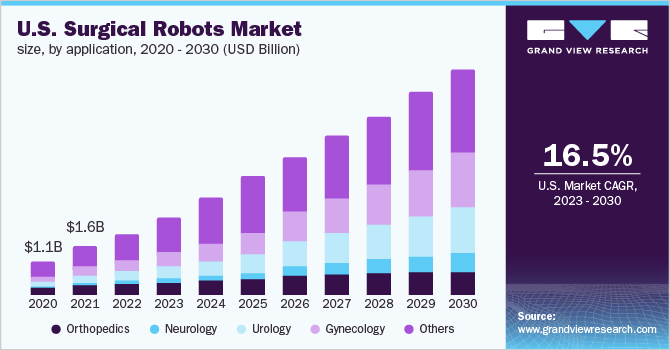
2. Self-Driving Cars
Another stunning technological innovation is self-driving cars, an amazing robotics innovation that can potentially revolutionize our lives. If you ever think about how an autonomous car operates, it is quite straightforward. These cars drive themselves through technology such as sensors, computer algorithms, and cameras. Yes! No human driver is required! There are loads of advantages to this technology.
Some of these include greater safety, reduced road traffic problems, and efficient use of fuel. Another mind-blowing fact to note is that it can decrease the chances of accidents, since an enormous majority of road accidents occur due to human mistakes. With this robotics invention still growing, in the years to come, we can also anticipate further benefits such as smoother means of transportation for specially abled persons and quicker transportation.
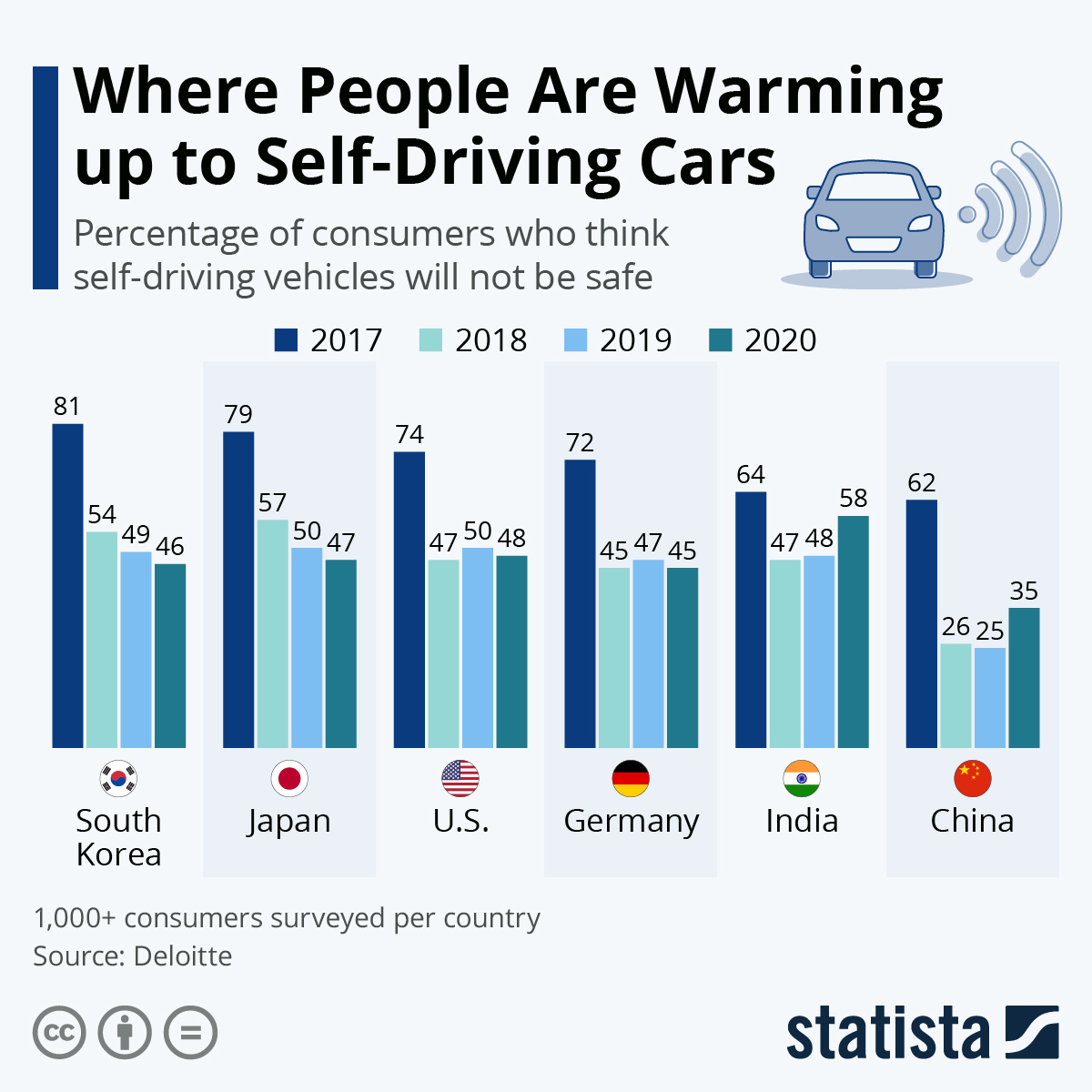
3. Drones
When we discuss robotic inventions and innovations, we cannot ignore drones. Drones have definitely gained popularity over the last ten years, particularly in the industrial fields of transportation, construction, and agriculture. Since they are very useful for mechanical work, drones are used for numerous things.
For example, the monitoring of crops and construction sites, the collection of data and images from inaccessible regions, and more. In addition, they are very handy in transporting medical supplies and emergency items to areas that are not easily accessible. For instance, a region struck by a natural disaster can be supplied with medical help and food using drones.
In addition, they have extensive applications in the recreation industry, like tours and travel, since they are employed in aerial photography and videography. As robotic development in drone technology continues to expand at a quick pace, you can expect future applications such as autonomous delivery and sophisticated search-and-rescue operations.
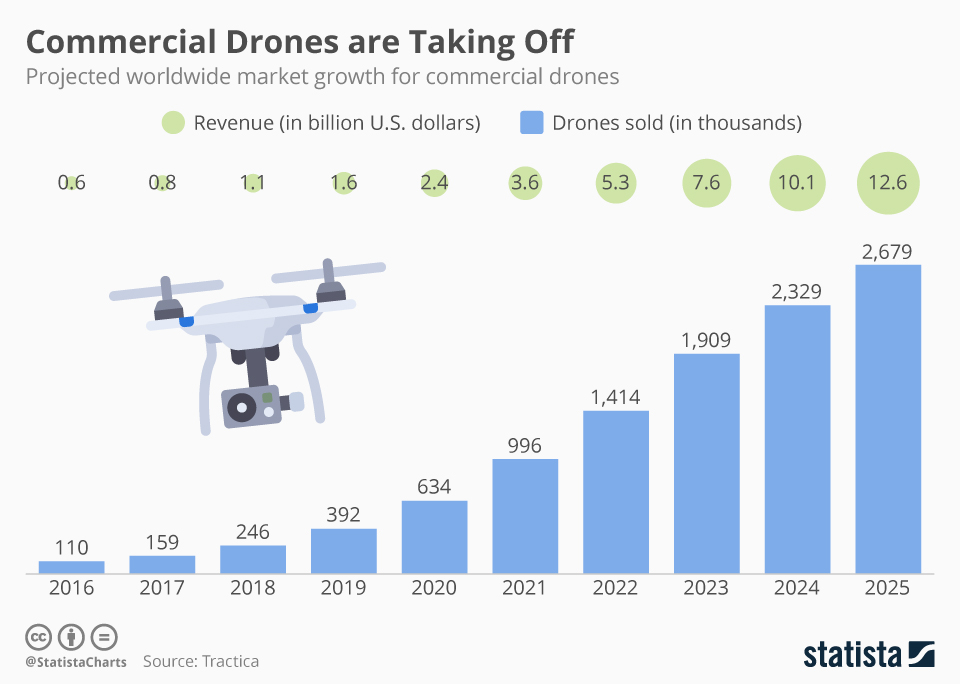
4. Exoskeletons
Technology is a boon when it has a positive and beneficial effect on society. Consider exoskeletons, for instance. The new technology in robotics development has really changed the lives of many individuals. These machines can be worn by individuals who have mobility issues by giving them support and facilitating movement. Because these machines are usually constructed from light materials like carbon fiber, they do not exert much pressure on the individual.
Moreover, they run on motors and batteries and allow individuals with spinal cord injury, multiple sclerosis, and other diseases to stand and walk by themselves. It is greatly effective in enhancing the physical as well as mental health of such individuals. Moreover, robotics technologies are also being applied in working environments to reduce problems such as worker fatigue and dangers of workplace injury at locations.
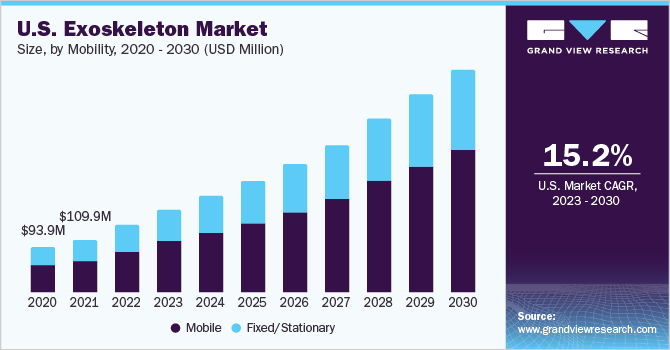
5. Companion Robots
Here is yet another example of robotics advancements and great robotic innovation. Individuals, particularly the elderly and the specially-abled, can gain from companion robots since these robots are meant to offer both physical and emotional support. The robots can engage in regular conversations, play games, remind people to take their medication, and do many other practical things.
Robotics advancements have made companion robots even smarter, allowing them to monitor their users’ vital signs and alert caregivers in case of an emergency. In addition, companion robots can assist autistic children to communicate, interact with others, they also make robotics for Kids. fun and alleviate loneliness and depression among the elderly.
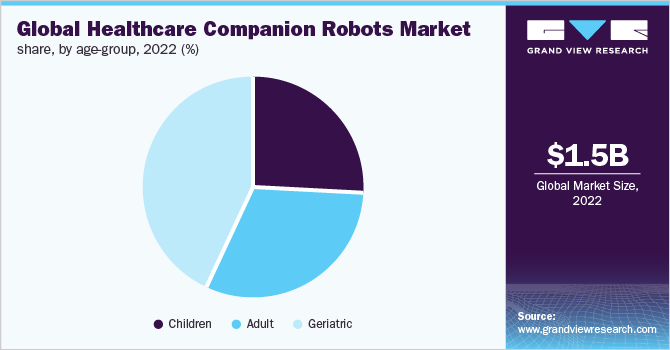
Conclusion
Robotic technology is rapidly transforming the world that we live in, with innovations that are improving aspects of healthcare, transportation, and overall quality of life. These five breakthroughs in robotics are just a few illustrations of how the advancement of technology is making our lives hassle-free, easier, and more convenient.
As robotic technology keeps evolving, we can anticipate the appearance of even more fascinating breakthroughs that will make our lives, in general, much easier to manage.
Want to make your child future-ready with Robotics? Moonpreneur offers a tailor-made program. Reserve a spot in our free 60-minute workshop today and introduce them to the amazing world of robotics and innovations!


























In what way Robots Help humans?
Robots boost productivity by handling repetitive tasks continuously. This allows human workers to focus on more complex assignments.
Will robots in the future ever control humans??
Despite progress in artificial intelligence and robotics, it’s improbable that robots will surpass humans in decision-making power soon. Current technology limitations require substantial human input for robots to make intricate decisions independently.